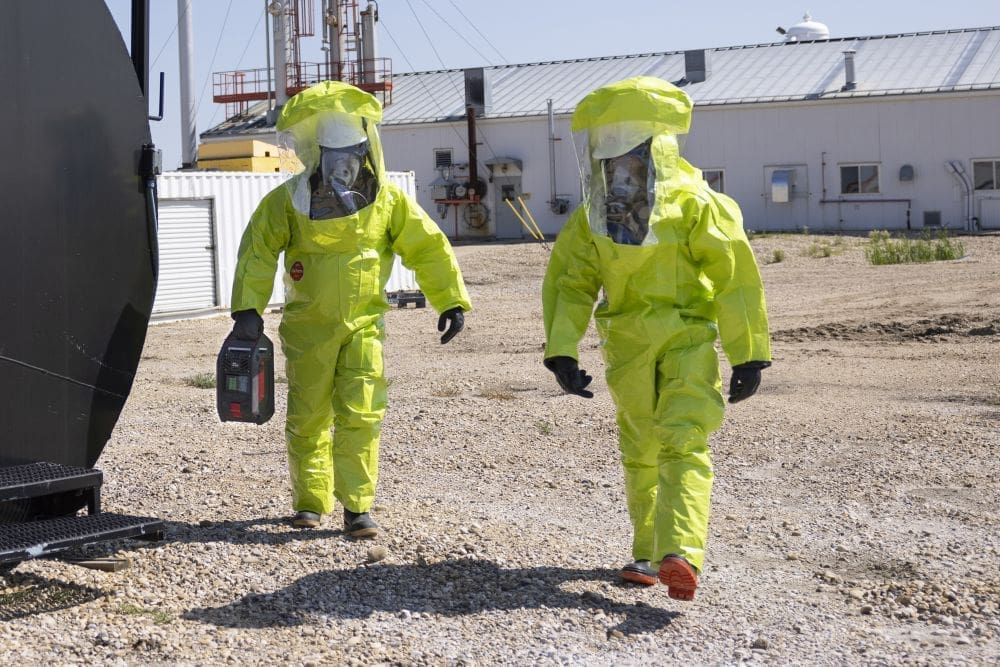Blackline Safety Corp., a global leader in connected safety technology, has released a new whitepaper entitled Navigating Radiation Risks: Key Concepts for Protecting Workers and Responders in an effort to mitigate radiation exposure for fire-hazmat and first responder teams.
Designed as a strategic playbook, the whitepaper aims to help teams assess and react to the rising threat of radiation exposure to better protect workers, the public and the environment.
“For those on the front line, such as first responders, hazmat teams, and workers in industrial fields like mining and oil and gas, there’s an increased risk of accidental exposure to dangerous levels of radiation,” said Christine Gillies, Chief Product and Marketing Officer at Blackline Safety. “Quick thinking and robust emergency protocols are essential to ensure worker and community safety.”
“This whitepaper responds to a growing industry need to educate workers on the different types of radiation, early detection strategies, and approaches to address the broad spectrum of radiation risks, faster and smarter,” she said.
Key insights from the whitepaper:
· Radiation can be divided into four main categories: alpha, beta, neutrons, and electromagnetic waves (or gamma rays), and identified as non-ionizing or ionizing (nuclear) radiation and particle or waveform. It’s important to understand the differences to best respond to risks.
· There are two general categories where nuclear radiation can be found: naturally occurring radioactive material (to which we’re exposed simply by breathing the air around us or ingesting food and water) and artificial sources (including medical imaging such as X-rays and CT scans, nuclear energy and weapons, and dirty bombs), and each has varying effects on the body.
· Radiation is measured differently in the U.S. than internationally for the three forms of radiation measurement: radioactivity, absorbed dose, and effective dose. The U.S. measures radiation in millirems (mrem) per year, while most other countries measure radiation in millisieverts (mSv) per year. Being familiar with the different measurements enables workers to gauge overall health effects.
· Gamma radiation cannot be detected through sight or taste. Technology is needed to help determine its presence and develop policies and procedures to deal with how gamma radiation levels are monitored and what steps need to be taken in case of a radiation emergency. There are several types of gamma radiation technologies currently available, each with different uses, advantages, and disadvantages.
· While our bodies can take in nominal levels of naturally occurring gamma radiation from the surrounding environment, they are not equipped to handle increased exposure levels without incurring severe, life-long damage to our health. For those areas where gamma radiation presents risks, radiation safety plans are critical to ensure the three pillars of radiation protection – time, distance, and shielding. The use of technology plays a key role in worker and community safety, and area monitoring – such as Blackline Safety’s newly-released EXO 8 Gamma, the only direct-to-cloud area monitor capable of detecting up to eight gases and gamma radiation – has been proven effective as one of the first lines of defense.
Download the full whitepaper free of charge here.






